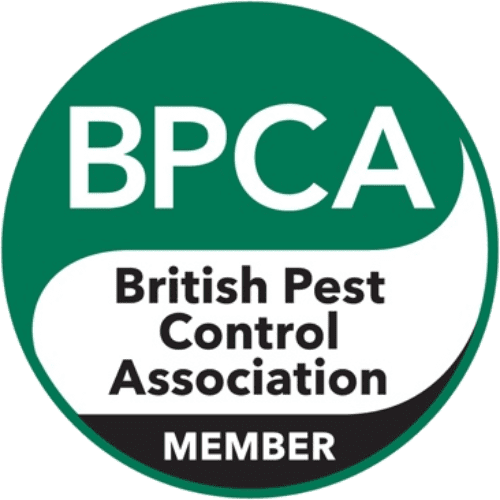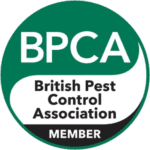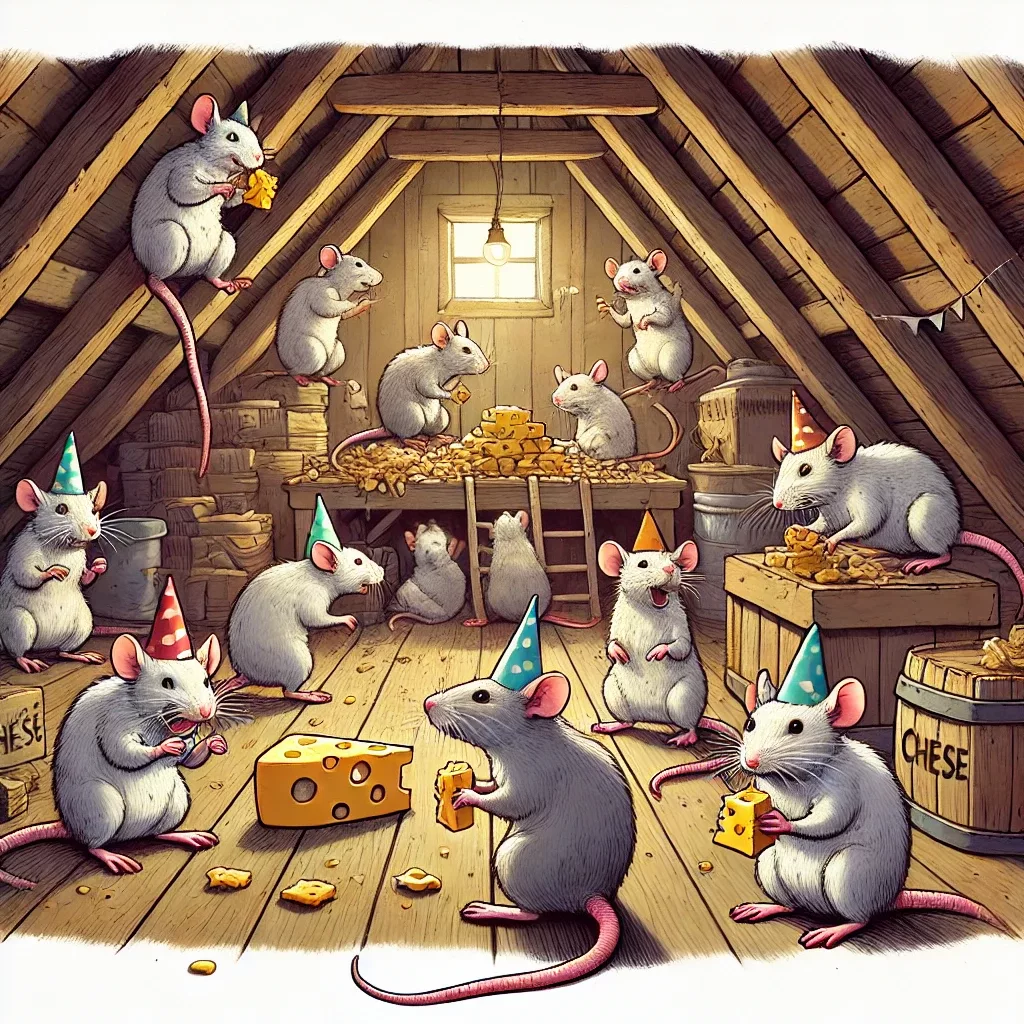Understanding Rat’s: Behavior, Risks, and How to Control Them
Rat’s are a persistent problem for homes and businesses alike. These rodents are not only destructive but also pose significant health risks. In this blog, we’ll dive into the behavior of rats, how they get into properties, the dangers they present, and the best methods for rat control and elimination.
Types of Rats
Two common types of rats infest properties:
- Brown Rat (Rattus norvegicus): Also known as the Norway rat, this species is larger and more robust. Brown rats are commonly found in sewers, attics, basements, and any area where food and shelter are available.
- Black Rat (Rattus rattus): Known as the ship rat, the black rat is smaller but more agile. It prefers higher areas such as rooftops or trees. Although less common, the black rat can cause just as much damage.
For more information on the types of rats, you can refer to this detailed article by the British Pest Control Association (BPCA) on rat species and their control.
How Do Rats Get Into Attics and Homes?
Rats are incredibly resourceful when it comes to finding ways into your home. They are skilled climbers, swimmers, and burrowers, making it essential to understand how they can enter your property. Here are some common ways rats infiltrate homes:
- Attics and Lofts in Terraced Properties: In terraced houses, rats can easily move between lofts by traveling along shared walls. A small hole or gap in the wall, roof, or vents can provide enough space for a rat to squeeze through and infest neighboring properties.
- Sewer Systems and Toilets: Brown rats are excellent swimmers and are known to travel through sewer systems. They can climb up into homes through toilet soil pipes and emerge from toilet bowls, especially if there are cracks or damaged pipes.
- Burrowing Under Foundations: Rats are also skilled burrowers and can dig under the foundations of houses. Once they get under a building, they can access suspended floors, crawl spaces, or even move into wall cavities, eventually reaching living spaces or attics.
- Openings and Gaps: Any small gaps or cracks around doors, windows, rooflines, or pipes can serve as entry points for rats. They can gnaw to enlarge openings and access the home.
Signs of a Rodent Infestation
Rats leave several telltale signs of their presence. If you suspect a rat infestation, here are some key things to look for:
- Droppings: Rat droppings are dark brown, pellet-shaped, and typically found in areas where they feed or nest.
- Gnaw Marks: Rats need to gnaw to keep their teeth sharp, and you might find chew marks on wood, plastic, or even electrical wires.
- Grease Smears: As rats move through tight spaces, they leave greasy marks along walls or floors due to the oil in their fur.
- Nests: Rats often create nests from shredded materials such as paper or fabric, typically hidden in quiet, sheltered areas.
- Footprints or Tail Marks: In dusty or undisturbed areas, you might spot tiny footprints or tail drag marks.
Steps to Deny Rats Food and Shelter
To make your home less attractive to rats and stop them from settling in, follow these important steps:
- Secure All Food Sources: Store food, including pet food, in airtight, rodent-proof containers. Rats can easily chew through paper or plastic packaging, so keep all food items out of reach.
- Declutter and Remove Nesting Materials: Rats thrive in cluttered environments. By reducing clutter, moving things around, and keeping the area clean, you can make your home less habitable for them. This includes removing stacks of paper, cardboard, or fabrics that rats may use to build nests.
- Good Housekeeping: Regularly clean areas where food crumbs or spills might accumulate, such as kitchen floors and behind appliances. Keeping things tidy will deny rats the food they need to survive.
Rat Behavior
Rats are nocturnal creatures, active primarily during the night. They are attracted to any place that offers food, water, and shelter. Common nesting sites include:
- Attics
- Wall cavities
- Crawl spaces
- Roof spaces
Rats follow well-established routes and leave behind signs such as droppings, gnaw marks, and greasy smears. According to the National Pest Management Association, the global rat population has surged in recent years due to urban environments, making rodent control even more essential.
Why Rats Are Dangerous
Rats pose serious health hazards. They are known carriers of diseases like Leptospirosis, Hantavirus, and Salmonella. These pathogens can be transmitted to humans through contact with rat droppings, urine, or contaminated food sources.
For a comprehensive list of diseases transmitted by rats, check out the Centers for Disease Control and Prevention (CDC).
Rats can also cause significant structural damage to properties, gnawing on electrical wiring, insulation, and woodwork, which can lead to fire hazards.
Effective Rat Control Methods
1. Sanitation
Good hygiene is the first step toward rat prevention. Ensure that food waste is securely stored in sealed bins and avoid leaving pet food out overnight.
2. Exclusion
Rat proofing your home or business is crucial. Seal all entry points, including small gaps in doors, windows, and walls. Learn more about proper rat exclusion methods from this University of California guide.
3. Traps and Rodenticides
Using traps and bait stations is a common method for rat elimination. When using rodenticides, choose products that are safe and approved. A professional pest control service like Pest Dominion can ensure you’re using effective solutions.
4. Professional Pest Control Services
The most reliable way to get rid of a rat infestation is to hire a professional pest control company. Pest Dominion offers expert solutions to rat infestations, combining thorough inspections, bait placement, and preventive measures.
Conclusion
Rats are more than just a nuisance; they pose health risks and can cause substantial damage to properties. Rat control is essential to protect your home and health. For effective rat prevention and elimination, Pest Dominion can help safeguard your property.
If you suspect a rat infestation, contact us at Pest Dominion today for professional rat control services.
References
- British Pest Control Association (BPCA). “Rats Control Guide.”
- National Pest Management Association (NPMA). “Rodent Population Surge Nationwide.”
- Centers for Disease Control and Prevention (CDC). “Diseases from Rodents.”
- University of California Agriculture & Natural Resources. “Rat Exclusion Methods.”



